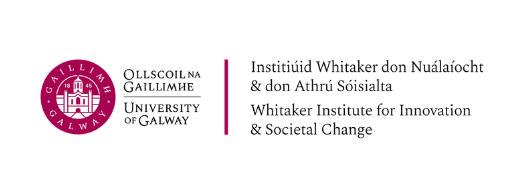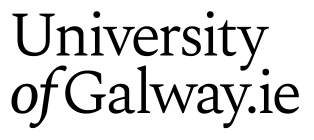Spatial Impact of Commuting on Income: A Spatial Microsimulation Approach
During the Irish economic boom years or the so-called Celtic Tiger period, Ireland experienced an unprecedented rise in commuting distances within extended local labour market areas. These new commuting patterns, driven by a dispersed settlement structure and an uncontrolled property bubble that had developed over the previous five years, resulted in an increasingly uneven spatial distribution of commuting costs across Irish regions. Simultaneously, increased employment in professional and managerial posts in the Greater Dublin Area (GDA) and other Irish cities led to higher salaries in urban areas. This paper is concerned with the overall net effect of these developments, where higher salaries were accepted in exchange for increased levels of commuting and urban sprawl, in particular within the GDA. This research sheds light on the impact that dispersed commuting and settlement patterns had on the spatial distribution of employment income across Ireland. To examine this, data from a spatial microsimulation model was combined with a standard travel demand model and estimated subjective values of travel time.

